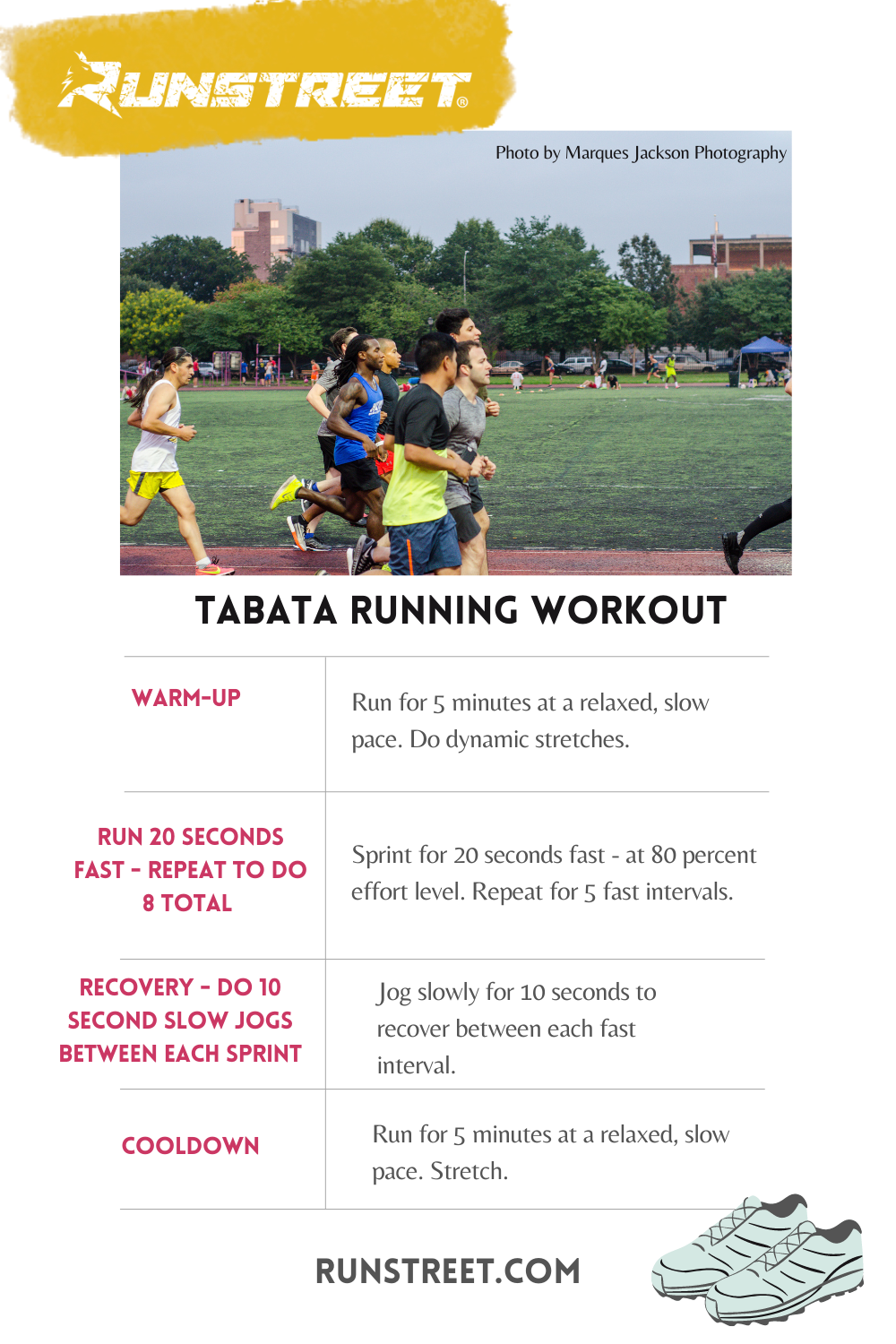Release Your Potential: Running Strategy Fundamentals for Peak Performance
Getting Rid Of Discomfort in Running: Approaches and Methods That Work
Discomfort is a typical friend for numerous runners, typically serving as a barrier to accomplishing their wanted goals. With the best methods and methods, it is feasible to get rid of and even avoid the pain connected with running. By checking out numerous methods such as understanding the various kinds of running discomfort, enhancing footwear and type, incorporating cross-training and strength workouts, executing effective recuperation methods, and maintaining appropriate nourishment and hydration, runners can possibly relieve their pain and improve their overall running experience.
Understanding Various Kinds of Running Pain

Another kind of running discomfort is joint discomfort, which can manifest as a sharp or throbbing pain in areas such as the knees, hips, or ankle joints (running workout). Joint discomfort might be brought on by elements like incorrect running kind, overuse, or underlying conditions like arthritis (original site). It is necessary to set apart in between muscle pain and joint pain, as the latter may need clinical attention to avoid further injury
Recognizing the different kinds of running discomfort is critical for efficient monitoring and avoidance techniques to guarantee a risk-free and satisfying running experience.
Proper Shoes and Running Kind
To optimize performance and minimize the risk of running-related injuries, picking appropriate footwear and maintaining proper running form are essential components for runners of all levels. Proper footwear plays an essential function in providing assistance, padding, stability, and security for the feet and lower arm or legs. It is advised to pick running shoes that are especially made for the person's foot type, running stride, and the kind of running task they take part in. Getting fitted for shoes at a specialized running shop can assist guarantee the right fit and assistance.

Cross-Training and Stamina Workouts
Engaging in cross-training and including toughness workouts into a running regimen can considerably boost overall efficiency and decrease the probability of injuries. Cross-training, such as biking or swimming, aids enhance cardiovascular fitness while giving running muscles a break from repetitive impact. It likewise aids reinforce various muscle teams, causing much better overall body conditioning. Stamina exercises, like squats, lunges, and core workouts, play a vital duty in maintaining muscular tissues and improving running efficiency. They can correct muscle inequalities, improve dexterity, and enhance power outcome, every one of which are vital for running performance.
It is essential to permit for appropriate remainder between running sessions and cross-training activities to protect against overuse injuries. By integrating these elements right into a running routine, runners can build a more powerful foundation, improve efficiency, and appreciate a more sustainable running experience - find this.
Recuperation and Rest Techniques
Having actually established the value of cross-training and stamina exercises in an extensive running routine, focus can currently be guided in the direction of Recovery and Rest Strategies as important components for maximizing efficiency and reducing the threat of injuries. (running strategy)
Recuperation after running is important for muscular tissue repair and growth. Strategies such as foam rolling, stretching, and massage therapy aid in reducing muscle pain and boosting versatility. Sufficient remainder in between runs allows the body to recuperate and adapt to the physical tension, preventing overuse injuries.
Including energetic healing days right into a training schedule, where low-intensity tasks like strolling or biking are done, can enhance blood flow and advertise healing without putting excess stress on the muscular tissues. In addition, correct hydration and nourishment play a crucial role in the healing procedure by restoring lost liquids and nutrients.
Quality rest is another necessary element of healing that must not be ignored. During sleep, the body undergoes repair and regeneration processes, contributing to general physical and psychological wellness. By prioritizing healing and rest techniques, runners can keep optimum efficiency levels and minimize the likelihood of experiencing discomfort or injuries.
Nutrition and Hydration for Runners
Just how can runners enhance their performance with correct nourishment and hydration methods? Nourishment and hydration are important facets of a runner's training regimen, playing an important function in efficiency, endurance, and recovery. To improve performance, joggers must concentrate on taking in a healthy diet that consists of carbohydrates, proteins, healthy fats, vitamins, and minerals. Carbohydrates give energy for running, while proteins aid in muscle repair and healing. Healthy fats sustain total wellness and assistance in absorbing important nutrients. Adequate hydration is likewise vital to keep optimal efficiency, as also mild dehydration can negatively impact running performance. Runners need to consume alcohol water prior to, during, and after their go to remain hydrated. browse around this site Electrolytes, such as salt and potassium, are also crucial for keeping fluid equilibrium and muscular tissue function - running workout. In addition, timing meals and treats suitably before runs can assist avoid gastrointestinal discomfort and provide the required energy for peak performance. By taking note of their nutrition and hydration, joggers can boost their endurance, quicken recuperation, and do at their finest.
Conclusion
Finally, by comprehending the different sorts of running pain, using appropriate shoes, keeping appropriate running type, incorporating cross-training and stamina exercises, prioritizing recovery and remainder, and focusing on nourishment and hydration, runners can efficiently overcome pain and enhance their performance. Applying these approaches and techniques can assist runners avoid injuries, boost their endurance, and ultimately delight in an extra satisfying running experience.